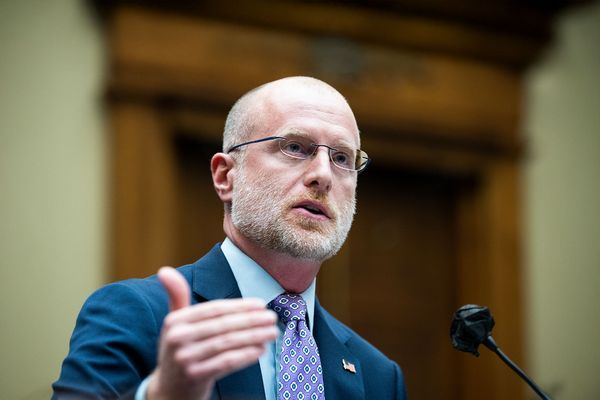
The Philadelphia 76ers went from perpetual loser to playoff contender this year in the NBA. They won 16 straight games at the end of the season and finished at 52-30. Was a conscious management decision to “tank” for a series of years the key to their current success? Tanking is a strategy designed to take a team out of a pattern of mediocrity by having it perform so poorly over a series of years that it sets up the ability to choose players at the top of the draft who are difference makers and the core of a successful franchise.
Virtually no NBA executive, with exception of Mark Cuban, would publicly admit to such a plan because fans who attend games expect they are seeing a competitive product. Cuban was fined $600,000 by Commissioner Adam Silver for telling Maverick players they intended to lose. Clearly, players are competitive by nature and concerned with how they are evaluated and will always play to win. Can tanking be a conscious strategy, and does it work?
An NBA franchise could come to the conclusion that they will never escape the pattern of mediocrity unless they perform poorly enough to give themselves a chance to dramatically rebuild. In the 1960′s Peter Sellers’ movie, “The Mouse That Roared” shows a tiny European country declaring war on the United States knowing they will lose quickly, and be the recipients of massive American aid to rebuild. A team can “tank” by trading away current players for future draft picks, by playing multiple rotations that never give a team a chance to gel, by sitting their better players and claiming they are injured, and other techniques designed to worsen the present in trade for a better future.
First time General Manager Sam Hinkie took over the Philadelphia 76ers in 2012. They were a franchise that had not been competitive since the loss of star guard Allen Iverson. Hinkie began the rebuild by trading away star point guard Jrue Holiday for a draft pick which he used on Nerlens Noel, who he knew would miss his rookie year due to injury. The team kept losing, which enabled them to take All-Star center Joel Embiid in with the third pick in 2014 Draft. 2015 involved unintentional tanking with the pick of unsuccessful Jahlil Okafor over All-Star Kristaps Porzingis. This led to a horrendous 10-72 record. That allowed them to take power forward Ben Simmons, who missed his rookie year but is now playing very well. Another horrendous year allowed them to take guard Markelle Fultz, a future star. They had enough cap room to add free agent shooting guard JJ Reddick. With this core, the 76ers emerged as the third seed in the NBA’s Eastern Conference.
The 76ers’ plan is a gift that will keep on giving. They will have the Lakers’ pick this year so long as it does not happen to be picks #2 - #5 as it would then go to the Boston Celtics. The Lakers will not retain their own first-round pick but do have the Cleveland Cavaliers’ first-round pick from the Isaiah Thomas trade back in February. Luckily, Embiid, Simmons, and Fultz will only get better despite the drastic 4-year route the 76ers took to get better.







